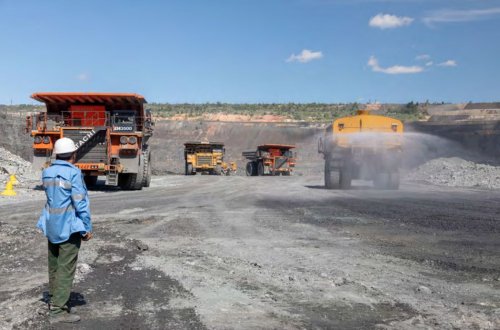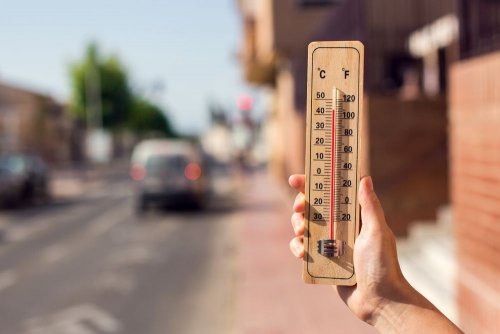The Market Stability Reserve (MSR) under the EU Emissions Trading System (EU ETS) will reduce the volume of auctions by 276 million allowances in the period from September 2025 to August 2026.
This decision was made public by the European Commission as part of its announcement on the total number of carbon allowances in circulation (TNAC) as of 2024. This is the ninth such publication.
What is this document?
This is the European Commission's annual notification of the number of CO₂ emission allowances currently “in circulation” in the EU emissions trading market and how many of them will be moved to the reserve in order to stabilize this market.
TNAC is an annual surplus indicator that defines the functioning of the Market Stability Reserve under the EU ETS. The TNAC publication plays an important role in the functioning of the MSR. It determines whether allowances will be withdrawn from the auction volume and placed in the MSR, or released from the MSR and sold at auction.
How much “excess” CO₂ is on the market
In 2024, the TNAC amounted to 1,148,049,585 allowances. This is quite a lot – more than the established limit of 833 million. Therefore, according to the established rules, from September 1, 2025 to August 31, 2026, 275,531,900 permits will be transferred to the reserve.
This is an automatic action: if there are too many permits, some of them are removed from the market to make them scarcer and increase the price of emissions.
Any allowances held in the MSR as of January 1 of each year above the 400 million threshold will expire. The adopted communication from the European Commission states that 270,506,086 allowances in the MSR will expire on January 1, 2025.
How this mechanism works
The reserve replenishment rate is set at 24% of the TNAC when this figure exceeds 1,096 million. If the TNAC is between 833 million and 1,096 million, the withdrawal is the difference between TNAC and 833 million. If the TNAC is below the threshold of 400 million, 100 million allowances are released from the reserve and sold at auction.
Within 12 months, the allowances are either placed in the reserve or released from it.
Starting in 2023, any allowances in the reserve as of January 1 of each year above the 400 million threshold will expire.
At the end of April, EcoPolitic reported that the EU was developing standard prices for carbon credits for countries, sectors, and commodities.
We also said that the European Union and the United Kingdom agreed to work on unifying their emissions trading systems – the EU ETS and the UK ETS.





